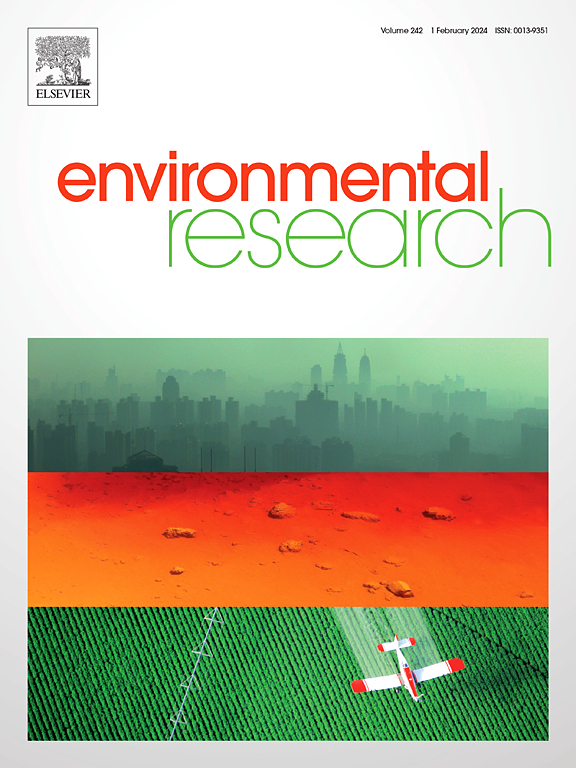Dual application of lotus stem in fabricating a bioreactor for the remediation of nitrate, plumbum, and carbamazepine in industrial wastewater
IF 7.7
2区 环境科学与生态学
Q1 ENVIRONMENTAL SCIENCES
引用次数: 0
Abstract
Addressing the treatment of complex industrial wastewater continues to be a substantial challenge within the realm of water treatment. A biofilm reactor was engineered, integrating lotus stem biochar, lotus stem biological filler, and the ZW5 strain for enhanced wastewater treatment. The removal efficiencies of nitrate (NO3−-N), calcium (Ca2+), chemical oxygen demand (COD), phosphorus (PO43--P), plumbum (Pb2+), and carbamazepine (CBZ) were 98.46, 81.08, 91.79, 96.63, 97.75, and 99.26% when HRT was 3 h, pH was 7.0, Pb2+, CBZ, and influent salinity contents were 15.0, 3.0, and 1500 mg L−1. The reactor effectively fixed the microorganisms and provided a good microenvironment and niche, which was conducive to the adsorption of Pb2+ and CBZ by microorganisms and biominerals. Furthermore, the modified biochar in the reactor filler facilitated microbial metabolism and enabled indirect electron transfer. Microorganisms altered their dominant community structure in response to Pb2+ and CBZ exposure. Microorganisms maintained efficient activity through synergy and direct electron transfer through nanowires. The reactor serves as a model for pollutant removal from complex industrial wastewater, leveraging the multifaceted use of lotus stems and microbial-induced calcium precipitation.

莲茎在制造生物反应器中的双重应用,用于修复工业废水中的硝酸盐、铅和卡马西平。
处理复杂的工业废水仍然是水处理领域的一大挑战。我们设计了一种生物膜反应器,将莲茎生物炭、莲茎生物填料和 ZW5 菌株整合在一起,以提高废水处理效果。当 HRT 为 3 h,pH 值为 7.0,Pb2+、CBZ 和进水盐度含量分别为 15.0、3.0 和 1500 mg L-1 时,硝酸盐 (NO3--N)、钙 (Ca2+)、化学需氧量 (COD)、磷 (PO43--P)、铅 (Pb2+) 和卡马西平 (CBZ) 的去除率分别为 98.46%、81.08%、91.79%、96.63%、97.75% 和 99.26%。反应器有效地固定了微生物,提供了良好的微环境和生态位,有利于微生物和生物矿物吸附 Pb2+和 CBZ。此外,反应器填料中的改性生物炭促进了微生物的新陈代谢,实现了间接电子传递。微生物改变了其主要群落结构,以应对 Pb2+ 和 CBZ 暴露。微生物通过协同作用和纳米线的直接电子传递保持了高效的活性。该反应器利用莲茎和微生物诱导的钙沉淀的多方面用途,成为从复杂工业废水中去除污染物的典范。
本文章由计算机程序翻译,如有差异,请以英文原文为准。
求助全文
约1分钟内获得全文
求助全文
来源期刊

Environmental Research
环境科学-公共卫生、环境卫生与职业卫生
CiteScore
12.60
自引率
8.40%
发文量
2480
审稿时长
4.7 months
期刊介绍:
The Environmental Research journal presents a broad range of interdisciplinary research, focused on addressing worldwide environmental concerns and featuring innovative findings. Our publication strives to explore relevant anthropogenic issues across various environmental sectors, showcasing practical applications in real-life settings.
 求助内容:
求助内容: 应助结果提醒方式:
应助结果提醒方式:


